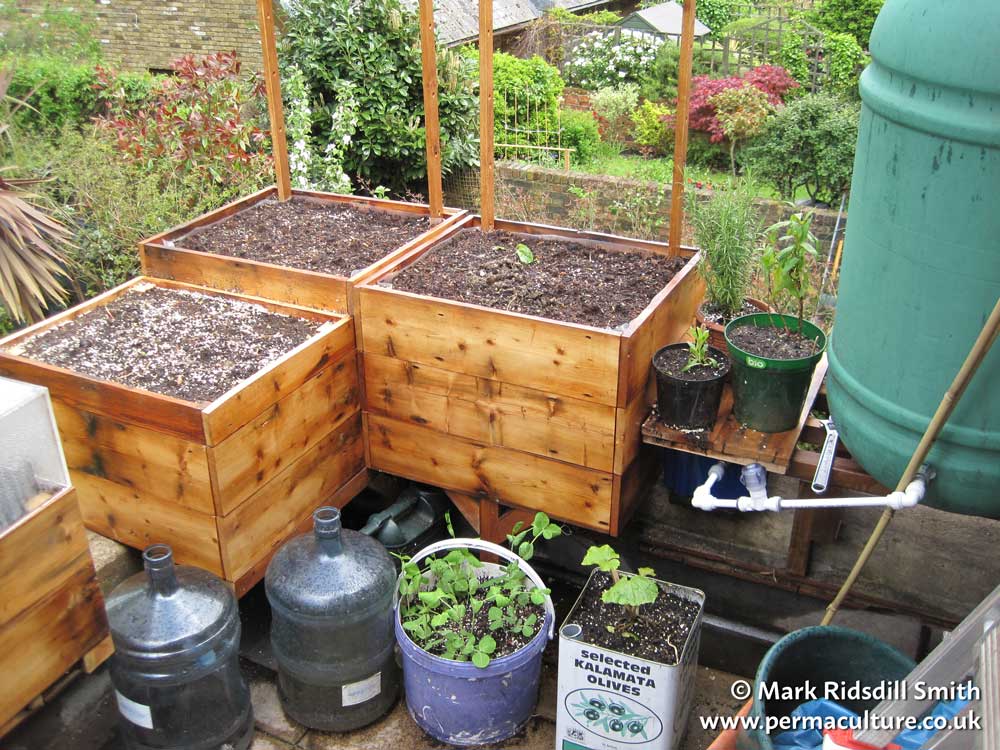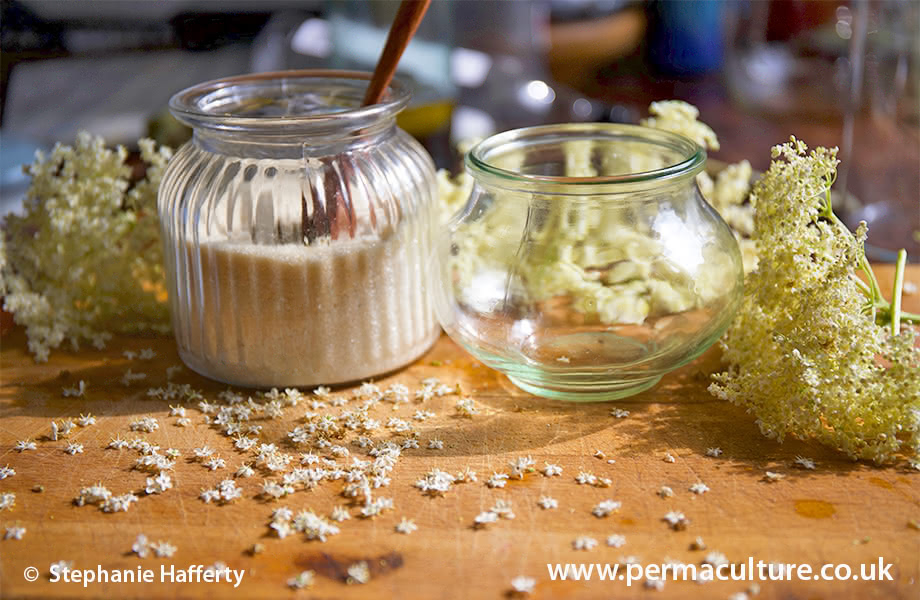Late autumn is a great time to find sloes (blackthorn fruit – Prunus spinosa). These small, tart bundles of pink flesh could transform your gin into a warming memory of autumn leaf colours and leisurely foraging.
Here’s the recipe with some ideas for additional flavours and a couple of ideas of how to serve it.
First, pick your sloes. Make sure you have positively identified the tree and its fruit and use a good guide if you’re unsure. Watch out for those mischievous thorns!
When you get your harvest home, give the sloes a good wash, pick out leaves, twigs and bugs. Don’t worry if you don’t get everything, because you’ll be straining the solids off later.
Next, you can either prick each sloe individually with a thorn from the tree or pop them in a bag in the freezer for a day or two (or more). Sloes need the cold to break the skins, so either pick after the first frost, or pop in the freezer.
A sterilised sealed container, big enough to hold sloes, sugar and gin. A demijohn or a 1 litre kilner jar is perfect but you can use something similar. Pretty bottles that you can seal are a great way of presenting your finished gin and make great presents. Gin is the traditional spirit to use for this, but you can just as easily use vodka if you prefer.
The amount of sugar you use is variable. It will depend on how naturally sweet the sloes are and your preferred taste for the finished drink. I’ve given you a low-medium amount in the recipe below. Once the sugar had dissolved after a couple of weeks or so, have a taster and see how you like the flavour ratio. You can then adjust with more sugar in incremental amounts until it’s just right for you.
For every 500g of sloes:
There are some other flavours that can go well with the basic recipe above.
Try adding a cinnamon stick, four whole cloves (or allspice berries) and a strip or two or orange zest (without any white pith) to the mix. Strain out when you strain the sloes
Coriander seeds, lightly bruised go fabulously well with fruit and the juniper flavour of gin.
If you are using vodka, lightly bruised coriander seeds would work well. How about including a couple of fresh of dried chillies for some added fire.
Carl Legge lives on the Llyn Peninsula in Wales on a permaculture smallholding and writes a regular blog full of delicious recipes and more.











